Hyundai has just launched the second model of its new generation of 100% electric range, the Ioniq 6. After the Ioniq 5 in SUV format, we discover a large 4.85-meter sedan with a teardrop-shaped profile, faithful to the Prophecy concept presented in March 2020.
It’s a bit like flattening an Ioniq 5, which happens to be 20 centimeters shorter at 4.65 meters, giving it this very aerodynamic shape.
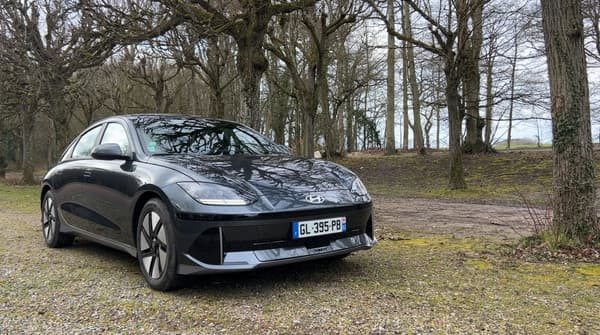
In the technical sheet, a Cx of 0.21, which reflects its excellent penetration in the air, although it is necessary to opt for the optional camera mirrors. Option that our test model did not have in the basic finish.
The high-end positioning of this Ioniq 6 guarantees, however, a minimum of cutting-edge service: the sedan has many aerodynamic details as standard.
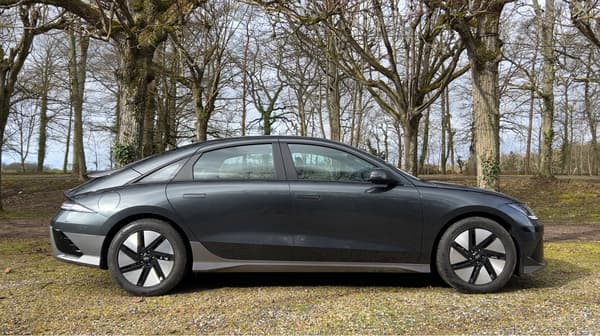
In the front part, for example, active flaps to favor both the cooling of the batteries and the penetration in the air.
There are also flush-mounted door handles, aerodynamic wheels and a rear-end topped airfoil. “duck tail”. What a little Porsche side of the Korean.
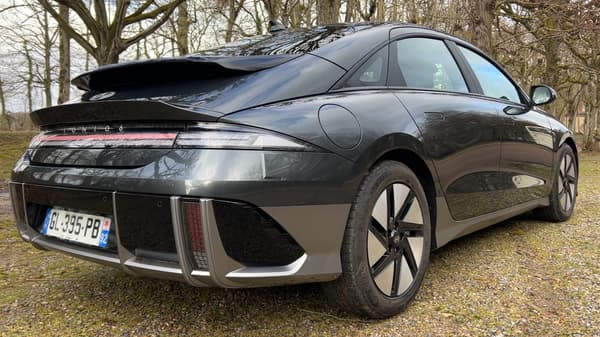
Inside, the atmosphere is zen with a rather refined dashboard. No buttons other than the handle for example on the doors, the window controls are located in the center, on the center console.
The equipment is quite complete and modern, with a 12-inch touch screen in the center for infotainment (with the Android Auto/Carplay duo) and a screen for the counters behind the wheel.
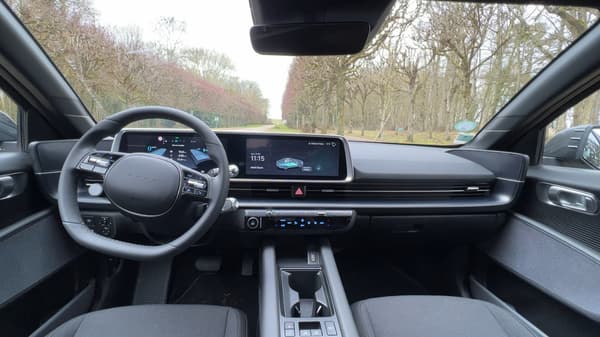
These two large screens offer a very white universe by default that can be a bit dazzling. Fortunately, you can switch to a dark theme just like on a smartphone.
The gearbox mode change or rather PNRD is managed via a huge toggle switch on the bottom right of the steering wheel. It is quite practical to easily switch from reverse to forward, for example.
Record battery life and charging times
Our test model has a 77 kWh battery, associated with a 160 kW, or 230 horsepower, electric motor on the rear wheels. The autonomy thus reaches 614 km according to the WLTP standard, or 130 km more than an equivalent Ioniq 5. All the interest of this design plus “aerodynamic” on this Ioniq 6.
Beyond their autonomy, Hyundai’s latest electric models are based on an 800-volt architecture, enough to accumulate record charging powers, up to 230 kW in a fast charging station. Enough to go from 10 to 80% battery in just 15 minutes.
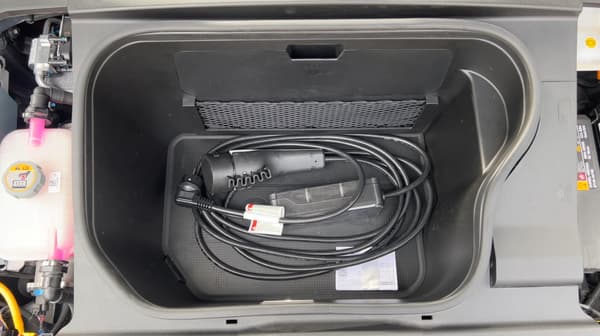
On our 235-kilometer journey with half a highway at 130 km/h, consumption came out at 21 kWh per 100 km, which is still very correct for this large saloon format. Around town you can easily go under 13 kWh for 100, which is still pretty impressive for a vehicle of this size.
A high-end model
In basic finish “Intuitive” This model starts at 52,400 euros, with a single option, the color “night gray”the final note stands at 53,000 euros, quite far from the ceiling of the ecological bonus, at 47,000 euros.
Fortunately a very well-equipped model at this price, with notably driver assistants, adaptive cruise control and road-line following as standard.
The second trim level (57,000 euros) notably adds electric and ventilated seats and heat pump heating. The third (61,000 euros) cameras that return blind spot images by activating the turn signals and the multi-comfort front seats.
Source: BFM TV

